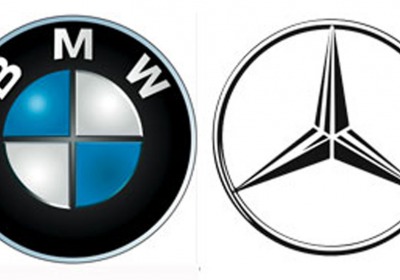BMW and Merc to join forces
Fri, 08 Feb 2008By Georg Kacher
Motor Industry
08 February 2008 13:03
CAR Online today reveals the extent to which BMW and Mercedes are plotting to cooperate on future models. In a wide-ranging plan, the two German premium marques could join forces to take on the might of Audi, with its backing and economies of scale of the whole Volkswagen group and, increasingly, Porsche.
BMW chairman Norbert Reithofer and his counterpart at Daimler, Dieter Zetsche, are coming to the conclusion that the two brands – for so long, fierce rivals – should work together rather than fight against each other. They’re already working together on hybrid SUVs (together with GM), and now the bosses are evaluating further, more far-reaching cooperation projects.
CAR’s Georg Kacher lifts the lid on the secret talks. Both brands know they must streamline products and processes – a relatively straightforward task compared with protecting the core individual brand values. With plenty of inside information provided by both parties, we have determined five areas where collaboration would be of mutual benefit.
BMW needs a partner for Mini and Mercedes is looking for assistance on the next A/B-class. Why not work together? End result: bigger volumes, shared R&D expenditure and reduced purchasing costs. Trouble is, the Mini and A/B-class are not really compatible in size, character and engineering layout. That’s why Mercedes has talked to Fiat, GM, Ford, Hyundai, PSA and others about a possible joint venture. But in an ideal world, Mercedes would prefer to team up with a premium player, like BMW.
The Bavarians has already struck an engine deal with Peugeot, and it too is actively looking for partners on the third-generation Mini. By tying the smallest Mercs and BMWs, they could keep the front-wheel drive layout, but there are factions within Mercedes who want to develop the next A/B-class alongside the next 1-series. Why? Because today’s front-drive mini-MPVs have been financially (zero profits), demographically (average age 55+) and strategically (no component sharing) disastrous.
Switching the next A- and B-class to RWD could at a stroke make them seem more premium, potentially more profitable and dynamically much more appealing to younger buyers. What this approach requires most of all is time - time for the engineering chiefs to convince the bean counters, time to develop a sufficiently flexible new vehicle concept and time to prepare a historically polarised audience.
Click 'Next' below to read about how BMW and Mercedes should pool their brands, share engines and co-develop technology.
By Georg Kacher

